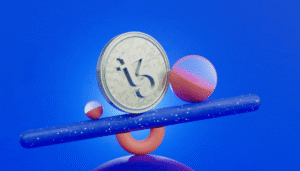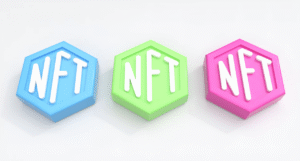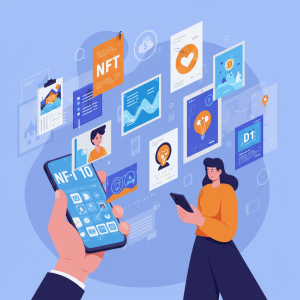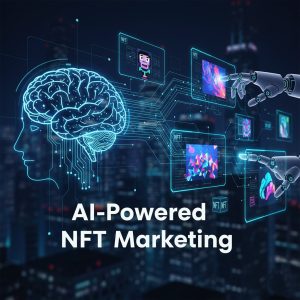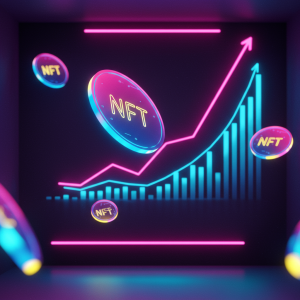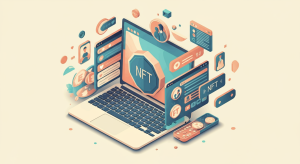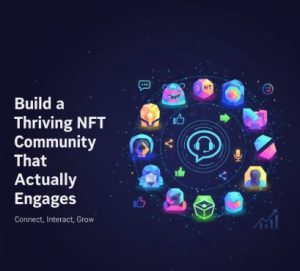What Is Minting an NFT: The Digital Creation Process Explained
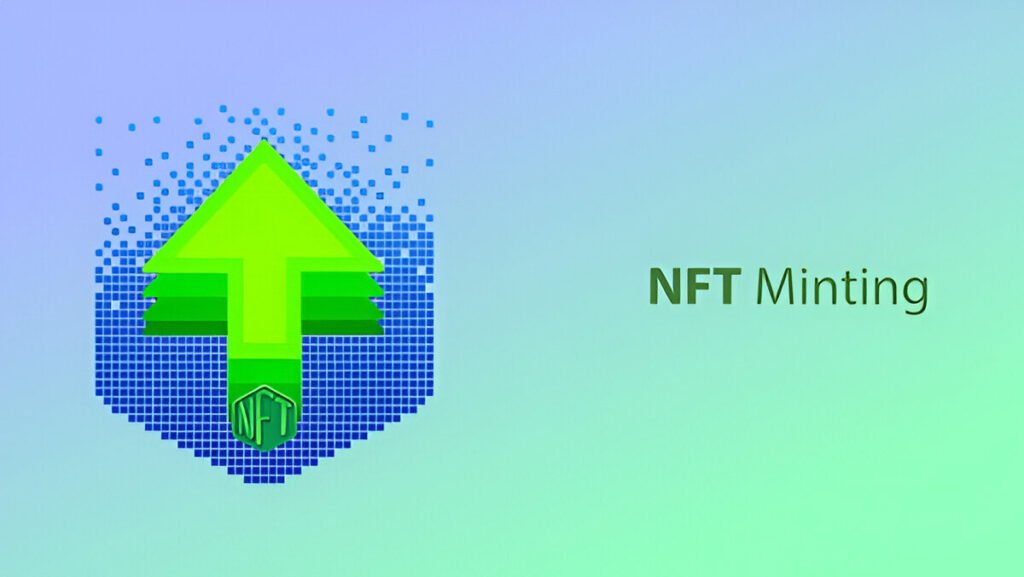
Minting an NFT represents a pivotal moment in the world of digital assets—the transformation of a file into a permanent, tradable blockchain asset. This process fundamentally changes how creators can establish ownership and value for their digital works in an increasingly virtual economy.
The Essence of NFT Minting
At its core, minting an NFT means creating a new and unique token on a blockchain. This process converts digital content—artwork, music, videos, in-game items, or even tweets—into a cryptographically secured record that exists on a decentralized ledger. The minted NFT contains metadata that links to the original file and records essential information about the creation, including creator identification, timestamp, and rights management details.
The significance of this process extends beyond simple digitization. When a creator mints an NFT, they’re establishing verifiable scarcity and provenance for something that could otherwise be infinitely copied. The blockchain timestamp serves as an immutable certificate of authenticity, proving who created the asset and when.
At NFT Marketo, we’ve helped countless creators navigate the minting process to maximize the value and security of their digital assets.
The Technical Process
Minting occurs through a series of cryptographic operations. First, the creator uploads their digital file to a storage system—typically IPFS (InterPlanetary File System) or similar decentralized storage networks that prevent tampering or deletion. The system generates a unique cryptographic hash for this file.
Next, a smart contract on the blockchain creates a new token with a unique identifier. This token contains metadata that includes the storage location of the digital asset and information about rights, royalties, and creator attribution. The smart contract verifies this information and permanently records it.
This process typically requires the creator to pay a transaction fee known as “gas” on Ethereum-based platforms, though alternative blockchains like Solana or Polygon offer lower-cost options. The economic aspect of minting varies significantly between platforms and fluctuates with network congestion.
For detailed technical explanations of how NFT smart contracts work, Ethereum’s developer documentation offers comprehensive insights into the ERC-721 standard that powers most NFTs.
Platforms and Marketplaces
Several platforms have emerged to simplify the minting process. OpenSea, Foundation, Rarible, and Mintable provide user-friendly interfaces that handle the technical complexities. These platforms offer varying features regarding royalty structures, community focus, and curation standards.
The choice of platform significantly impacts visibility and potential value. Some platforms operate on an invitation-only basis to maintain quality standards, while others democratize access by allowing anyone to mint. This accessibility spectrum creates different environments for creators at various career stages.
Economic and Creative Implications
Minting transforms the economic model for digital creators. Artists can now receive not only initial sales revenue but also ongoing royalties from secondary transactions—something previously impossible in digital markets. Smart contracts can automatically allocate percentages of each resale to the original creator, creating potential for passive income streams.
This model has opened new possibilities for digital artists previously constrained by easy reproduction of their work. Notable examples include Beeple’s “Everydays: The First 5000 Days,” which sold for $69 million after being minted as an NFT, demonstrating the transformative economic potential of the technology.
However, not all minted NFTs achieve significant value. The market exhibits extreme variability, with many NFTs selling for modest sums or remaining unsold. Success depends on factors including artist reputation, marketing efforts, community engagement, and timing within market cycles.
Environmental and Ethical Considerations
The energy consumption associated with blockchain transactions has sparked criticism of NFT minting, particularly on Ethereum’s original proof-of-work system. Many creators and platforms have responded by transitioning to more energy-efficient blockchains or waiting for Ethereum’s shift to proof-of-stake consensus mechanisms.
Beyond environmental concerns, the NFT space continues to navigate issues surrounding copyright, unauthorized minting of others’ work, and speculative market practices. These ethical dimensions remain active areas of community discussion and platform policy development.
According to The Conversation’s research on NFT environmental impacts, the transition to more sustainable blockchain technologies is rapidly changing the environmental calculus of NFT creation.
The Future of Minting
As the technology matures, minting processes are becoming more sophisticated, with innovations in royalty structures, fractionalized ownership, and integration with virtual worlds and games. Some platforms now offer “lazy minting” options that defer blockchain registration costs until the moment of first sale, reducing financial barriers for creators.
The future likely holds more streamlined processes, lower environmental impacts, and increased utility for minted assets. As digital ownership becomes more mainstream, we may see minting extend beyond art into areas like identity verification, credential management, and ownership rights for physical-digital hybrid products.
For creators approaching this space, understanding both the technical process and the cultural context of minting provides essential groundwork for meaningful participation in this evolving digital economy.

